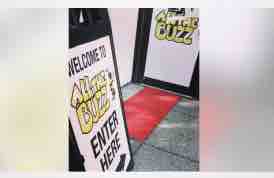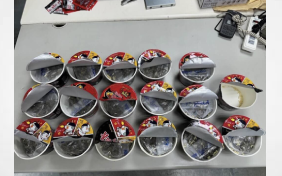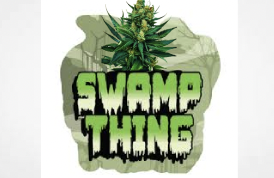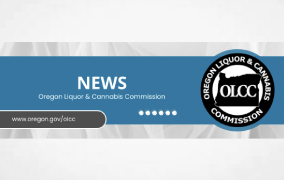Double Blind will tell you..
f you live in a major North American city, you may have noticed a sudden influx of psychedelics-laced gummies, chocolates, and various other products in your local smoke shops or corner stores. Many of these are likely labeled as containing psychoactive mushrooms, such as Amanita muscaria. But looks can be deceiving.
In many cases, these products are not made with organic compounds derived from mushrooms. Instead, they’re manufactured with a hazily understood drug: 4-acetoxy-N,N-dimethyltryptamine, better known as 4-AcO-DMT, psilacetin, or “synthetic mushrooms.” For decades, 4-AcO has been swirling around on the fringes of the psychedelic underworld, a bit player in a drama dominated by bigger actors like LSD, psilocybin, DMT, and MDMA. But now it’s beginning to have its moment in the spotlight, thanks in large part to a new wave of entrepreneurs looking to make a quick profit.
Like so much psychedelic lore, the story of 4-AcO begins in Switzerland, in the lab of Albert Hofmann—the same chemist who, in the 1940s, discovered the molecule that we now call LSD. Along with his lab partner Franz Troxler, Hofmann first synthesized 4-AcO in 1963 as a chemical analogue to psilocybin, the active ingredient in magic mushrooms which he’d isolated from the Psilocybe mexicana mushroom five years earlier. Hofmann never seemed to regard 4-AcO with any special interest; it was created purely as part of a broader study into synthetic psilocybin analogues, put on a shelf, and apparently forgotten. In this respect, the genesis of 4-AcO was a bit like that of LSD: created in a lab and then long ignored, only to be embraced years later by a psychedelic subculture. And like LSD, 4-AcO has been a bit of a problem child.
Read the full article
4-AcO-DMT Is the Most Accessible (and Mysterious) Drug on the Market Right Now


















